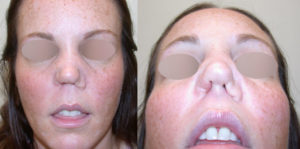
What Effect Does Cocaine Have on the Nose?
Quick Facts: i. Cocaine constricts blood flow to the septum causing a perforation ii. Early intervention can prevent a septal perforation iii.…

Quick Facts: i. Cocaine constricts blood flow to the septum causing a perforation ii. Early intervention can prevent a septal perforation iii.…
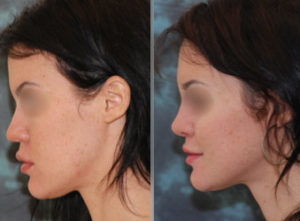
Nasal Septum Repair/Septal Perforation Surgery/ Saddle Nose Deformity Jason S. Hamilton, MD, FACS Director of the Division of Plastic and Reconstructive Surgery Osborne Head and Neck Institute, Los Angeles, CA…
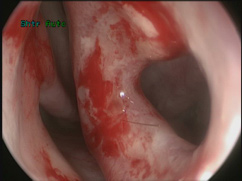
Nasal Septum Repair/Septal Perforation Surgery Jason S. Hamilton, MD, FACS Director of the Division of Plastic and Reconstructive Surgery Osborne Head and Neck Institute, Los Angeles, CA Ryan Osborne, MD,…
The US men’s World Cup team captain and striker, Clint Dempsey, sustained a major facial injury in the US’s opening game against Ghana. As the Ghanaian player’s leg flew high,…
Nasal Septal Perforation Repair Jason S. Hamilton, MD, FACS Director of the Division of Plastic and Reconstructive Surgery Osborne Head and Neck Institute, Los Angeles, CA Ryan Osborne, MD, FACS…
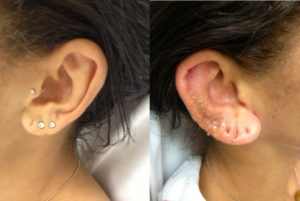
Body piercing has become more popular and less taboo in recent years. With an increase in piercing there has been a concomitant increase in complications .One area particularly at…
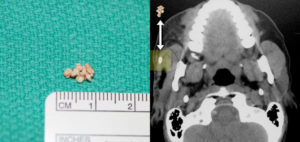
Can I avoid surgery after a failed sialendoscopy? Question: I have a long history of salivary gland stones and conventional treatments have become ineffective. Recently I developed a large stone…
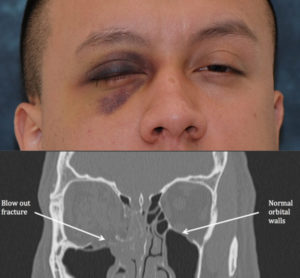
What are my treatment options for an orbital blowout fracture? Question: I currently play baseball for my local university and was injured during our last game a few days…